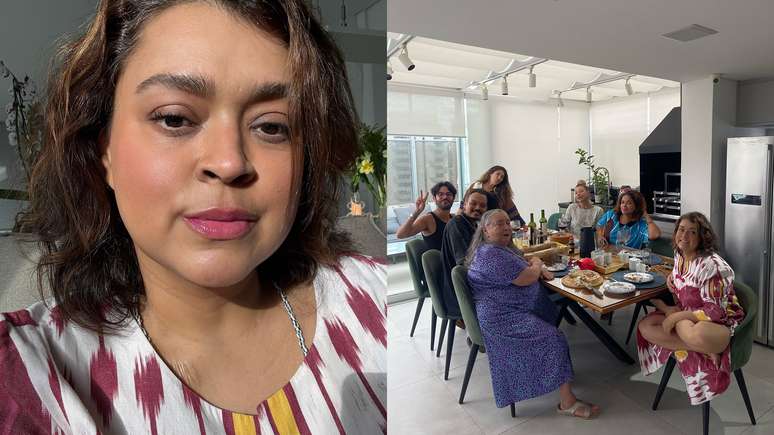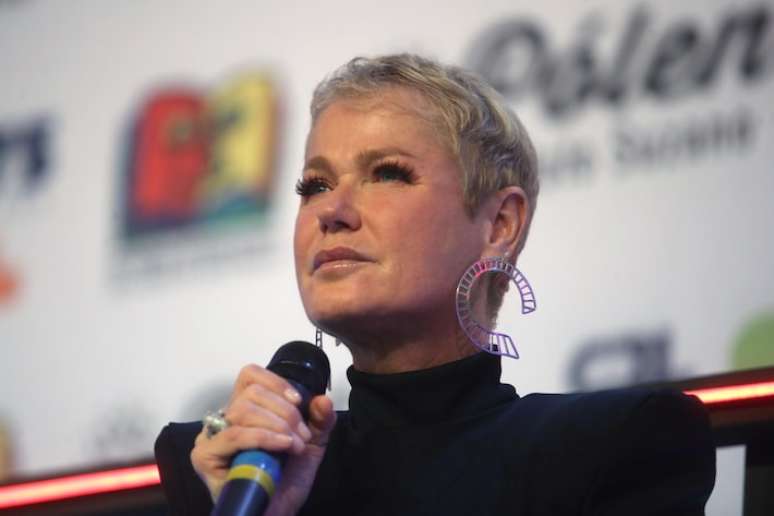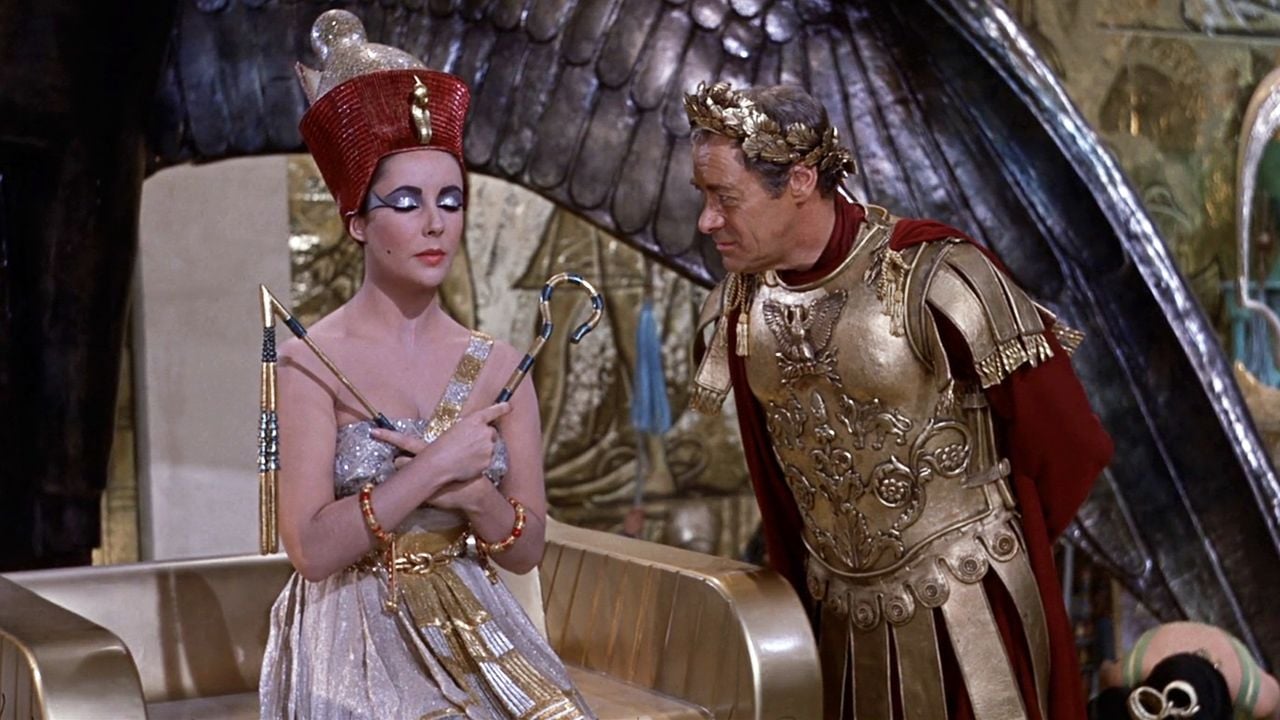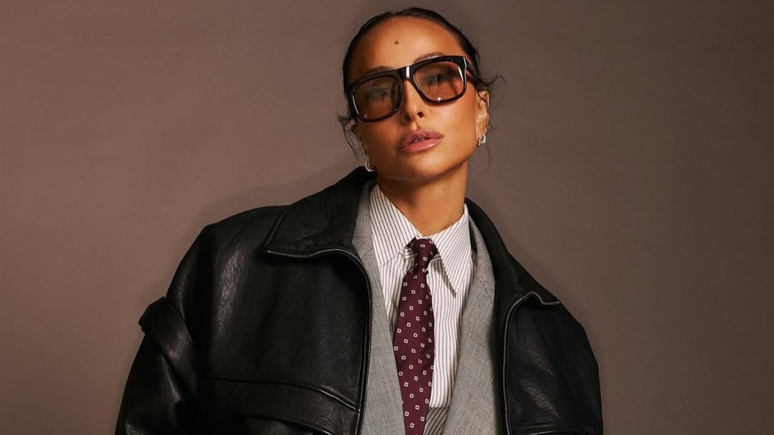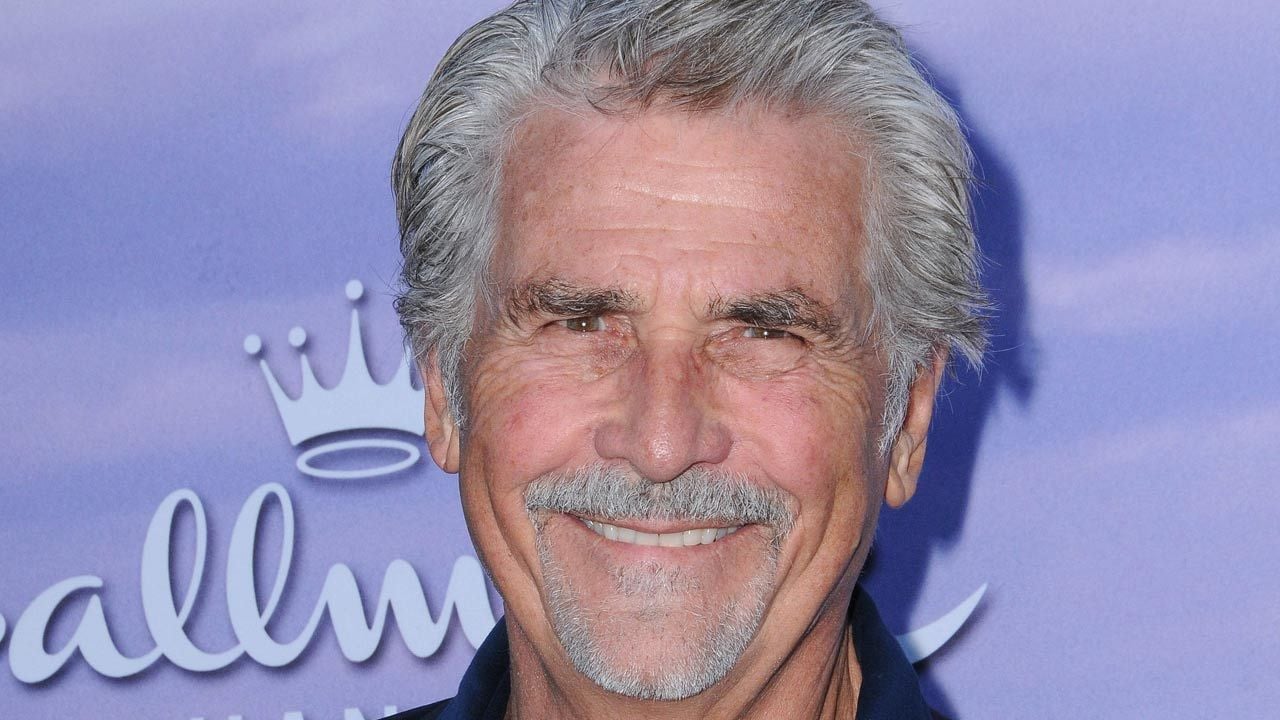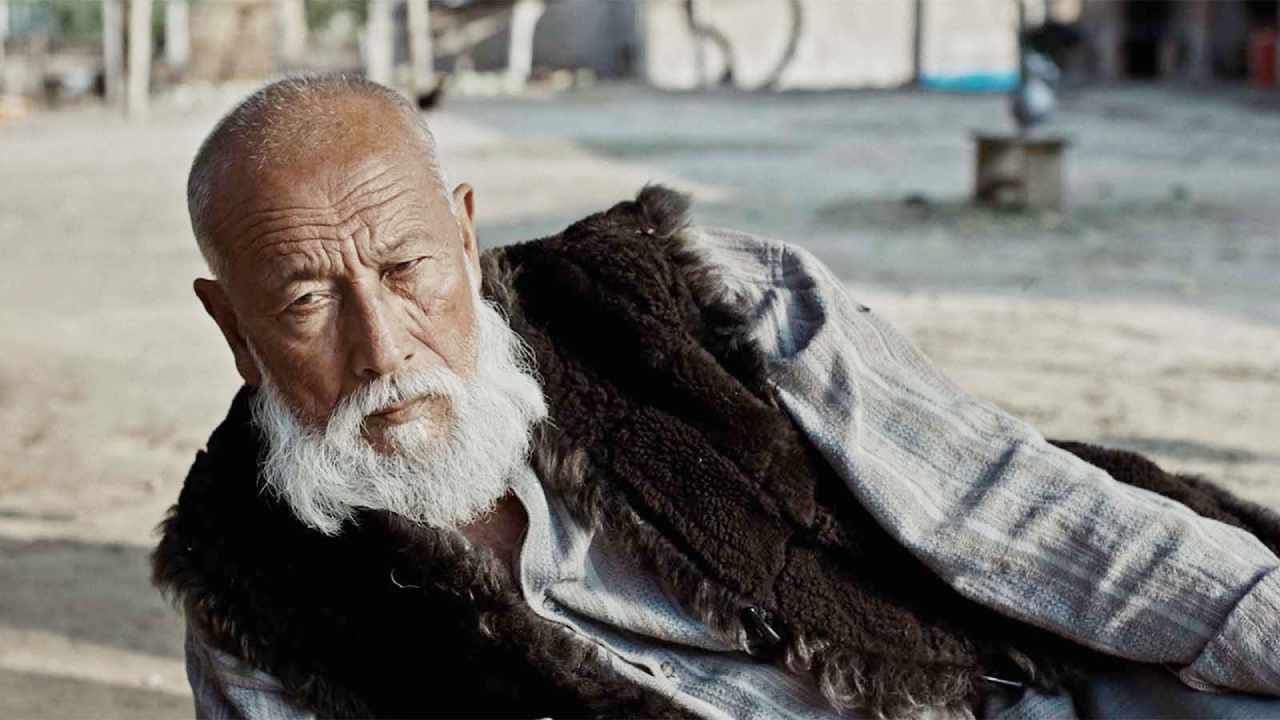_________________________________
On Friday, April 29, 2011 at 11 am in Westminster Abbey in London, without exaggeration, the most enviable groom in the world tied the knot. The heir to the British throne, Prince William, chose the commoner Miss Catherine Middleton as his wife. Within a year after this event, support for the monarchy in the UK for the first time since the early 90s rose to a record figure of 80% of the population.

Despite the fact that William is not first in line to the British throne, and therefore, his wedding did not have the status of a state celebration, such wild celebrations Britain has not seen for more than 30 years – since the marriage of his parents Charles and Diana. It was a fairy tale that became a reality in the era of PR and the Internet. Every detail was discussed in the media and in society, an incredible number of souvenirs dedicated to the bride and groom were released. Two thousand guests of all kinds and ranks, from monarchs to the homeless, were invited to the wedding ceremony.
Monarchs are 46 members of royal families from all over Europe, Africa and the Middle East. The wedding was attended by the King and Queen of Norway and the Netherlands, the Queens of Denmark and Spain, the Prince of Monaco, the Crown Princess of Sweden, the Sultan of Brunei, the Emir of Qatar, the Sheikh of Kuwait and other august relatives and friends of the newlyweds. The homeless are those whom William helped, being the patron of various charities.

As befits a grand show, the bride’s dress itself and the name of its creator were shrouded in mystery until the moment when Kate Middleton stepped out of the vintage Rolls Royce to step on the threshold of Westminster Abbey. Although shortly before the wedding, the name of the British brand Alexander McQueen and its designer Sarah Burton sounded in the media in this context, company representatives categorically denied her involvement in the manufacture of the dress. Only after the wedding, an announcement appeared on the official website of the royal wedding:
Miss Middleton chose the British brand Alexander McQueen for beauty and craftsmanship, as well as respect for the traditions of the art of tailoring and clothing technology. Ms. Middleton wanted her dress to blend tradition and modernity with the artistic style that distinguishes the work of Alexander McQueen. Miss Middleton worked closely with Sarah Burton to design the dress.
The accompanying details must have captured the imagination of the British public. For example, the masters of the Royal School of Needlework, who used the weaving technique that appeared in Ireland at the beginning of the 19th century, participated in the creation of lace for the dress and train. Individual lace flowers, symbolizing parts of the British kingdom – the English rose, Scottish thistle, Irish clover and Welsh daffodil – were cut by hand and sewn to ivory silk tulle. The craftsmen washed their hands every thirty minutes to keep the lace and threads clean, and the needles were changed every three hours so that they did not have time to become dull. On the day of the wedding, Prince William put on white gloves before touching the sleeve of his young wife.

The veil, similarly embellished, was pinned to her head by the newlywed Cartier halo tiara, which was lent to her by Elizabeth II. Made in 1936, George VI bought this piece of jewelry for his wife, Elizabeth, popularly known as the “smiling duchess”, three weeks before he succeeded his brother Edward on the royal throne. The tiara was later given by her mother to the current queen on her 18th birthday. But she never wore it, but she willingly lent it first to her younger sister Margaret, and then to her daughter Anna. This diamond tiara lay unclaimed for a long time.
The fact that Kate Middleton chose her for her wedding was taken by many as a sign that she would like to act in the same capacity as the first mistress of this jewelry: Elizabeth Bowes-Lyon was the wife of the son of the king, then the wife of the king, and then – the mother of the queen, but never played a major role. In addition, this tiara goes well with the gift of the bride’s parents – earrings made by jeweler Robinson Pelem. In the fact that at the wedding the future queen was wearing them, observers discerned a hint of an inseparable link from now on between the Windsor dynasty and … the Middletons.

Before marriage, a new coat of arms was developed for the family of the bride of the heir to the throne. It contains oak leaves and acorns, which her native Berkshire is famous for. And the earrings given to Kate by her parents for her wedding were made with oak leaf swirls and diamond acorns. By the way, her sister Pippa, who acted as a bridesmaid, received similar, but more modest jewelry. A tourmaline and diamond pendant and earrings for Mrs. Carol Middleton, mother of the bride, were made in the same style. And Kate’s father Mr. Michael Middleton and her brother James put on gold pins: one of them was crowned with an acorn, and the other with an oak leaf.
As for Prince William, he was in military uniform. If it were the full dress uniform of the Royal Air Force, in which he served, he would look rather modest against the backdrop of a sparkling bride. But he married in the bright red uniform of the Irish Guards, of which he is an honorary colonel. And the newlyweds looked like they should have looked in a fairy tale with a happy ending. And on the streets of British cities, their future subjects set up huge tables with refreshments.
In London, the royal wedding was celebrated by at least one and a half million residents and guests of the British capital. Local municipalities have been overwhelmed by the sheer volume of applications for festivities and road closures. Due to mass celebrations on April 29, 854 London streets were blocked. Even Downing Street hosted a holiday organized for their employees by the then British Prime Minister David Cameron and his wife Samantha. After all, only 650 people out of two thousand who were at the wedding were invited to the official wedding reception of Kate and William, and about three hundred people from among the relatives and close friends of the newlyweds were invited to dinner and the subsequent ball.
For the British royal family, this wedding was a salvation, a straw, which was seized by the monarchy, shaken after the death of Princess Diana. Of course, the groom’s grandmother Elizabeth II always enjoyed the full trust and respect of her subjects. But her son Charles, who sat up waiting for the throne, did not have this unconditional popularity. Only a fairy tale about a young handsome prince and Cinderella from Berkshire could return the admiration and love of his subjects to the royal family. And it happened.


Source: Hellomagazine
Benjamin Smith is a fashion journalist and author at Gossipify, known for his coverage of the latest fashion trends and industry insights. He writes about clothing, shoes, accessories, and runway shows, providing in-depth analysis and unique perspectives. He’s respected for his ability to spot emerging designers and trends, and for providing practical fashion advice to readers.


